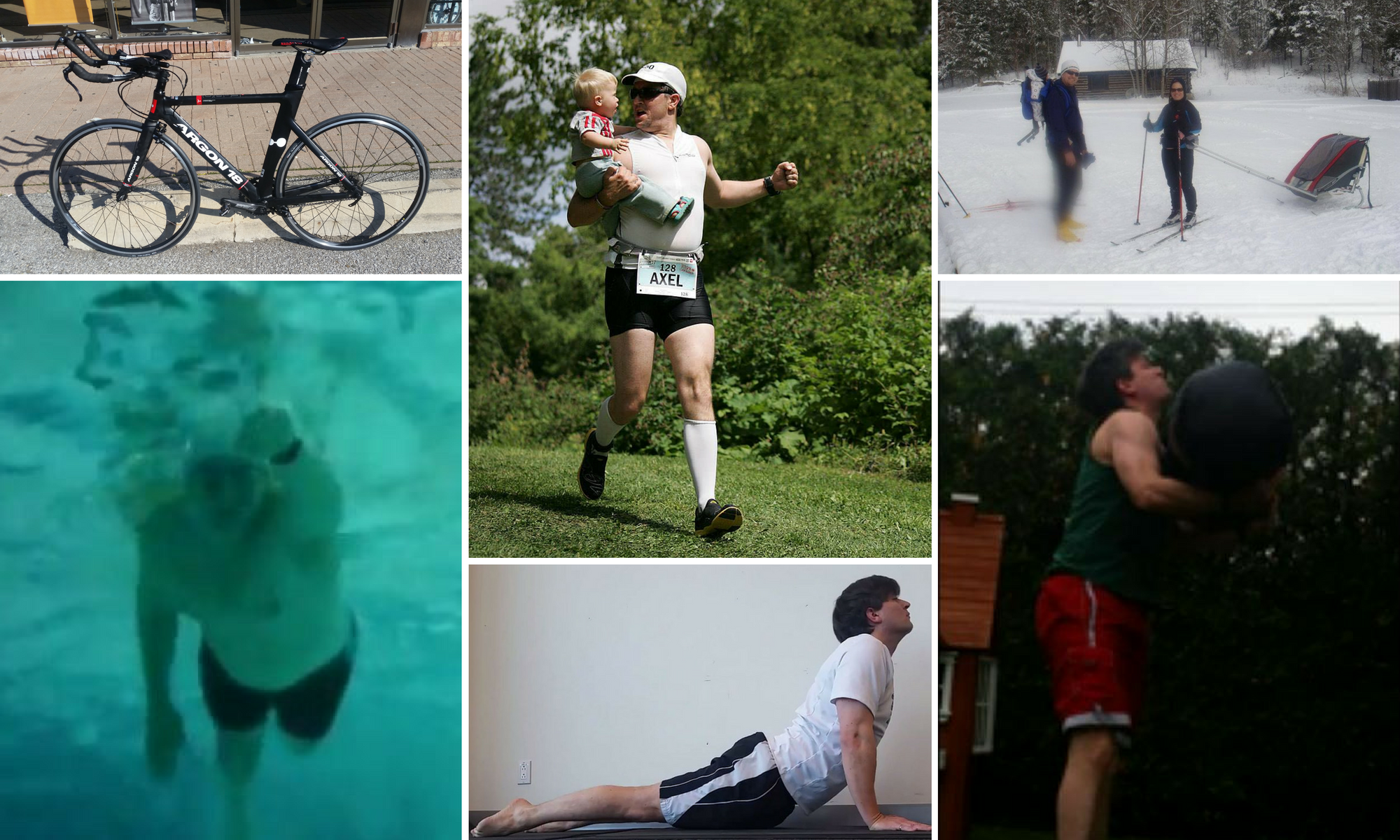This post is part of the #MotivateMe Link-up that takes place on Salads4Lunch and Run Mommy Run every Monday. Visit them to see more great active living content.
Triathletes sometimes refer to themselves as ‘tri-geeks’. While everyone is a ‘geek’ for what they’re passionate about and will discuss these subjects at great, great length, what I think puts the ‘geek’ in ‘tri-geek’ is the attention to the technical minutiae. Even though I’m an engineer and an analytical person by nature, I’m actually pretty laid back about the number-crunching aspect of training. I do like to keep records and quantify things, but that’s about as deep as it goes for me.
I started following Tridot about a year ago. Tridot is a website/training system that is data-driven at a whole other level. They’re working at an algorithmic level, and putting a lot of effort into doing things differently – one aspect they’ve been pushing is their Pre-Season Project. They were recruiting athletes who had
- Done a triathlon before
- Planned on completing an Olympic, Half-Iron or Full Distance Tri this year
- You are not a pro or coach or have benefited from a previous Tridot program.
I qualified for this, and sent in my application for 2 months of free training. While I’ve been a little anti-coach in the past, under this program I’m still a DIY type athlete – I’m just following a training program that has been customized to me by complex algorithms.
Once I was selected, I completed a few steps of an ‘on-boarding’ process which included not only my height, age and weight, but benchmark assessments, which I had to take very rough estimates of – 400m/200m swim times, 25km bike time (with average heart-rate) and 5km run time (again with average HR). They ‘normalize’ a lot of your performance by location (because of temperature, elevation and humidity factors), and ask for you bike weight, arm span, you name it. Like I said, it’s data-driven to the next level.
I was really impressed by their interface. It’s not exactly clean, but considering how much data they’re presenting at a glance, it’s surprisingly easy to navigate and interpret.

I’m still learning a lot about it (between jumping into the training program, writing this up, and the rest of my life, there hasn’t been a lot of time for other reading and research), but I can tell you the little circular graphs show your planned vs actual volume and the colours are mapped to training intensities like Endurance, Threshold etc. The intensities for each sport are explained on the dashboard, based on your current data.
The day after I was accepted into the program, there were assigned workouts to do, and they were quite technical. The great part is that each workout has explanations and/or videos for any part of the workout you don’t understand. I opted for 2 strength workouts per week (rather than zero) and those are included in my schedule with triathlon specific exercises. You pick your ‘off’ day (if any).
Completed workouts can be manually entered, or you can connect a Garmin account. While that was convenient, I hadn’t used my account in months, and my a lot of my accessories weren’t working too well. I’ve made a point of wetting the pads on my HR strap and I’ve replaced my speed and cadence sensor.
The training schedule for my first week looked like this:

The time and effort profiles are easy to see and the logos make it quick to determine what you’re doing on a given day with just a glance. Clicking on a workout brings up that day’s workout(s).

For strength workouts, you mark them complete as a percentage of intensity, which I found a little odd (I was prepared to record reps). The great part is not only are there videos to show the exercises, but they’re on the same page, available by selecting a drop-down menu which is populated with only that workout’s exercises (or drills/other terminology for swim, bike, run workouts).

As Instagram will prove, I had a lot of fun with these workouts.
I should also mention Tridot’s customer service. While the immediate volume and technical sophistication of the workouts was intimidating, they’ve been very helpful. One issue I had was getting reminders to do my assessments (time trials at prescribed distances) while having a full training schedule. They explained that my formal program hasn’t started yet, and the assessments were more important than the prescribed workouts and I should slot those in instead. In fact, the assessment protocol descriptions showed that they can be substituted for a given workout, for example, when the time trial takes less time than the prescribed workout, you just extend the cool-down period till you get the same time spent. One thing I’ll have to get better at (besides time-management) is recording the entire workout with my Garmin.
It’s still early days in my Pre-Season Project, and I have a lot to learn, but I’ll report back every few weeks on progress, opinions, notes and the overall experience.

